Related Research Articles

The Lumière brothers, Auguste Marie Louis Nicolas Lumière and Louis Jean Lumière, were French manufacturers of photography equipment, best known for their Cinématographe motion picture system and the short films they produced between 1895 and 1905, which places them among the earliest filmmakers.

Digital cinema refers to adoption of digital technology within the film industry to distribute or project motion pictures as opposed to the historical use of reels of motion picture film, such as 35 mm film. Whereas film reels have to be shipped to movie theaters, a digital movie can be distributed to cinemas in a number of ways: over the Internet or dedicated satellite links, or by sending hard drives or optical discs such as Blu-ray discs.
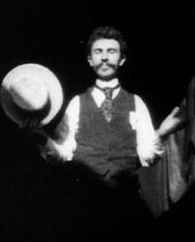
William Kennedy Laurie Dickson was a British inventor who devised an early motion picture camera under the employment of Thomas Edison.

35 mm film is a film gauge used in filmmaking, and the film standard. In motion pictures that record on film, 35 mm is the most commonly used gauge. The name of the gauge is not a direct measurement, and refers to the nominal width of the 35 mm format photographic film, which consists of strips 1.377 ± 0.001 inches (34.976 ± 0.025 mm) wide. The standard image exposure length on 35 mm for movies is four perforations per frame along both edges, which results in 16 frames per foot of film.
The Society of Motion Picture and Television Engineers (SMPTE), founded in 1916 as the Society of Motion Picture Engineers or SMPE, is a global professional association of engineers, technologists, and executives working in the media and entertainment industry.

Cinematography is the art of motion picture photography.
The following is an overview of the events of 1895 in film, including a list of films released and notable births.
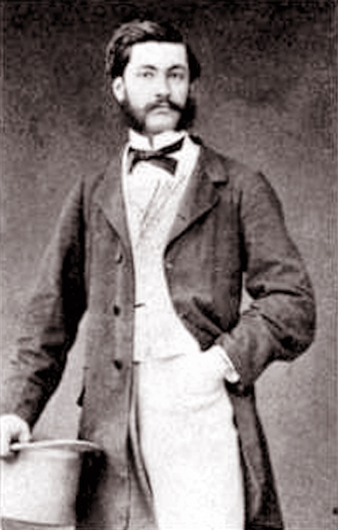
Louis Aimé Augustin Le Prince was a French artist and the inventor of an early motion-picture camera, possibly the first person to shoot a moving picture sequence using a single lens camera and a strip of (paper) film. He has been credited as "Father of Cinematography", but his work did not influence the commercial development of cinema—owing at least in part to the great secrecy surrounding it.
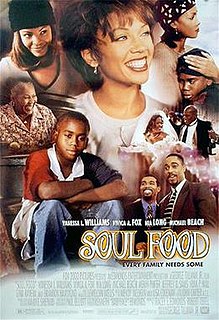
Soul Food is a 1997 American comedy-drama film produced by Kenneth "Babyface" Edmonds, Tracey Edmonds and Robert Teitel and released by Fox 2000 Pictures. Featuring an ensemble cast, the film stars Vanessa Williams, Vivica A. Fox, Nia Long, Michael Beach, Mekhi Phifer, Jeffrey D. Sams, Irma P. Hall, Gina Ravera and Brandon Hammond. Written and directed by George Tillman Jr. in his major studio debut, the film centers on the trials of an extended African-American family, held together by longstanding family traditions which begin to fade as serious problems take center stage.
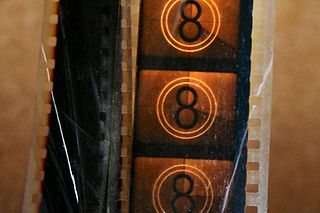
A film leader is a length of film attached to the head or tail of a film to assist in threading a projector or telecine. A leader attached to the beginning of a reel is sometimes known as a head leader, or simply head, and a leader attached to the end of a reel known as a tail leader or foot leader, or simply tail or foot.

Digital cinematography is the process of capturing (recording) a motion picture using digital image sensors rather than through film stock. As digital technology has improved in recent years, this practice has become dominant. Since the mid-2010s, most movies across the world are captured as well as distributed digitally.
Founded in 1950, American Cinema Editors (ACE) is an honorary society of film editors that are voted in based on the qualities of professional achievements, their education of others, and their dedication to editing. Members use the post-nominal letters "ACE". The organization's "Eddie Awards" are routinely covered in trade magazines such as The Hollywood Reporter and Variety. The society is not an industry union, such as the I.A.T.S.E., to which an editor might also belong. The current President of ACE is Kevin Tent, who was elected in 2020.

Dufaycolor is an early British additive colour photographic film process, introduced for motion picture use in 1932 and for still photography in 1935. It was derived from Louis Dufay's Dioptichrome plates, a glass-based product for colour still photography, introduced in France in 1909. Both Dioptichrome and Dufaycolor worked on the same principles as the Autochrome process, but achieved their results using a layer of tiny colour filter elements arrayed in a regular geometric pattern, unlike Autochrome's random array of coloured starch grains. The manufacture of Dufaycolor film ended in the late 1950s.
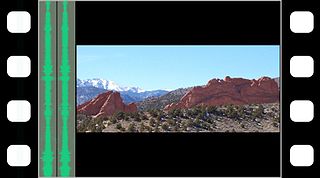
Anamorphic format is the cinematography technique of shooting a widescreen picture on standard 35 mm film or other visual recording media with a non-widescreen native aspect ratio. It also refers to the projection format in which a distorted image is "stretched" by an anamorphic projection lens to recreate the original aspect ratio on the viewing screen. The word anamorphic and its derivatives stem from the Greek anamorphoun, compound of morphé with the prefix aná. In the late 1990s and 2000s, anamorphic lost popularity in comparison to "flat" formats such as Super 35 with the advent of digital intermediates; however, in the years since digital cinema cameras and projectors have become commonplace, anamorphic has experienced a considerable resurgence of popularity, due in large part to the higher base ISO sensitivity of digital sensors, which facilitates shooting at smaller apertures.
An Imaginary Tale is a 1990 Canadian drama film directed by André Forcier. The film was selected as the Canadian entry for the Best Foreign Language Film at the 63rd Academy Awards, but was not accepted as a nominee.
Normandin may refer to:
Henri Joly (1866–1945) was a French inventor and businessman. He developed early versions of motion picture film, cameras, and projectors.
At Last... Bullamakanka: The Motion Picture is a 1983 Australian comedy film directed by Simon Heath and starring Steve Rackman, Gary Kliger, Alyson Best, Robert Baxter, and Angry Anderson, Adrian Bernotti The plot is about a small town visited by a government official. It is noticeable for the number of music acts that appear.

Cinestill Film is a Los Angeles based company that creates photographic film for still cameras in 135 and 120 film formats from modified Kodak motion picture cinema film stock.